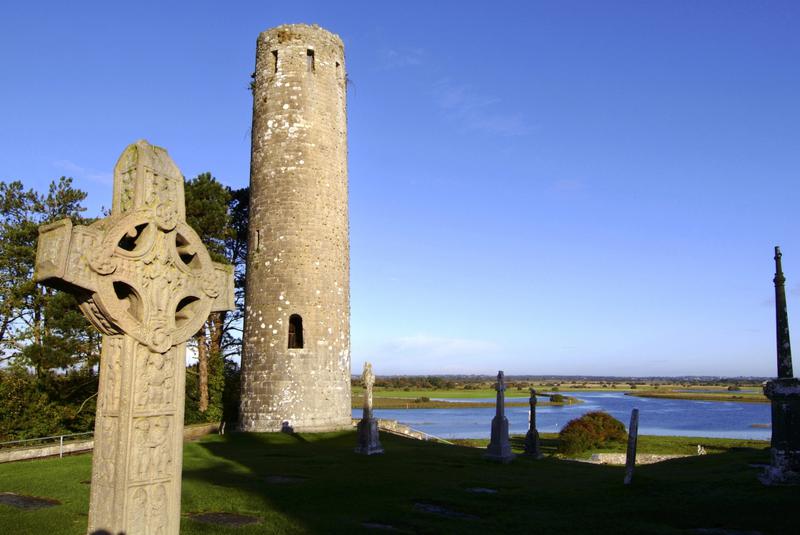Trace Europe Through Pilgrimages
Before planes, trains and automobiles, Europeans traveled by foot to visit famous religious sites. Today, many tourists embark on Europe’s religious routes to explore their spirituality, experience an epic adventure, and learn more about European culture. No matter what their motivations may be, every traveler seems to get their spiritual fix on these European pilgrimages.
Santiago de Compostela in Spain is a place made to discover religiously.
By far, the most famous itinerary is el Camino de Santiago or the St. James Way. With various routes throughout Europe from starting points in Switzerland, Portugal and France, each route ends at the Cathedral in Santiago de Compostela, Spain, where the remains of St. James the Apostle are said to be buried. Whether you ride a bike, travel on horseback or walk, you need a pilgrim passport called a credential. At various stops, you can stamp your passport, which will prove that you were a true pilgrim and can receive a certificate at the end of your journey. Some pilgrims continue their route to Finisterre, which means “the end of the earth.” View the beautiful vistas of the sea, and in modern pilgrim tradition, bury your shoes and clothes from the Camino.

For a shorter pilgrimage, climb up Croagh Patrick in Ireland and see where St. Patrick fasted and prayed during Lent. Visit the chapel on the summit. The mountain is nicknamed “the Reek.” Each year on Reek Sunday, the last Sunday in July, pilgrims hike up the slope to Summit Chapel. A more rugged pilgrimage through Turkey follows the first mission of St. Paul the Apostle. Travel over 300 miles on Roman roads. Be sure to bring a sleeping bag, because there are sections where you will need to camp under the stars.
For a uniquely personal experience that combines European tradition, Nordic history and Norwegian culture, explore the St. Olav Ways. With pilgrimages varying from 160 kilometres to 5000 kilometres in length, travelers have the opportunity to explore Norway, Sweden and Denmark’s influence on the Middle Ages, historic battles, and European religion.
Another popular pilgrimage is present in Lithuania, where spiritual visitors come from near and far to walk along the Hill of Crosses. A truly jaw-dropping destination, the Hill of Crosses is a unique sacral place filled with thousands upon thousands of crosses. Visitors are invited to bring their own cross to this location written with their names, intentions and pleadings for clemency.

The routes of Jewish heritage are not to be missed. Embark on AEPJ’s Architectural Modernism in European Synagogues, where you’ll be transported from the Subotica Synagogue in modern Serbia to the elegant Lucerne Synagogue in Switzerland. In the Wooden Synagogues of Central and Eastern Europe pilgrimage, witness the nearly extinct rural locations of wooden synagogues in Lithuania and Romania. Finally, immerse yourself in the Women in Judaism route, which highlights and celebrates the contributions of women to the Jewish cultural heritage.